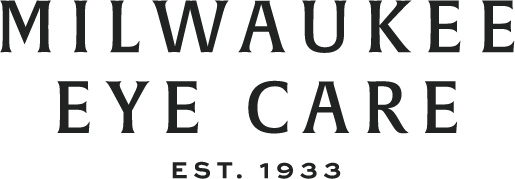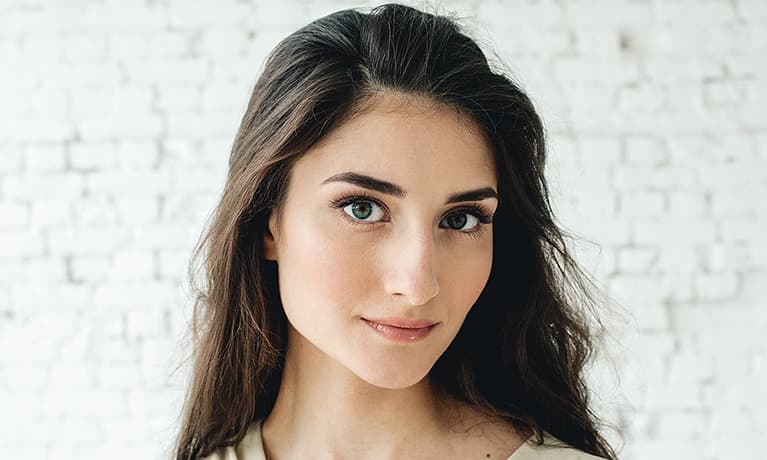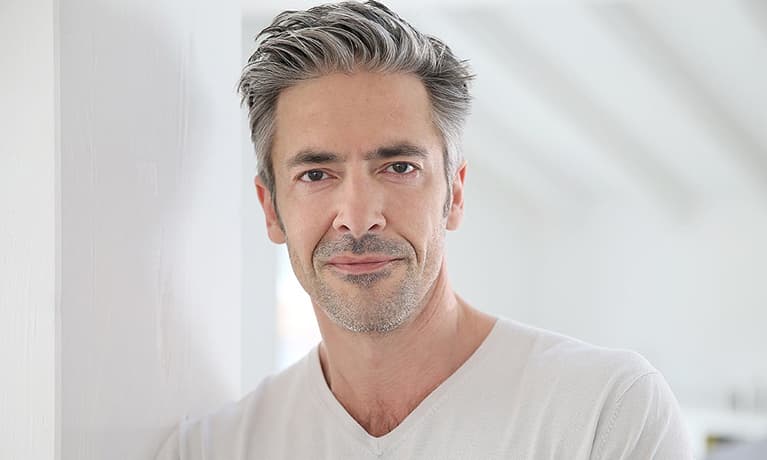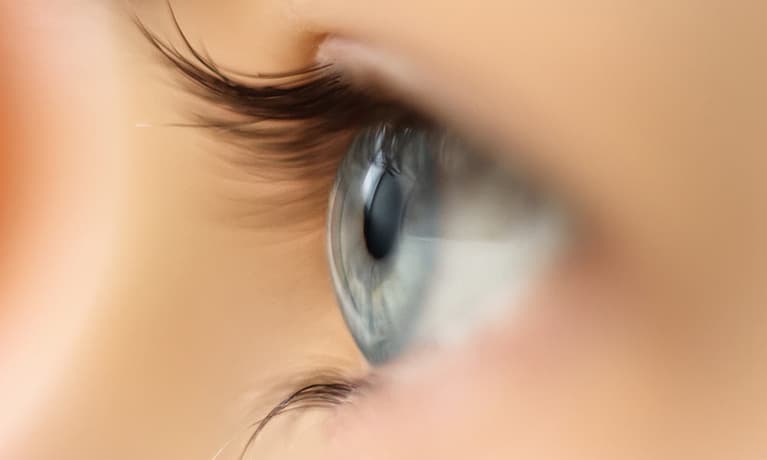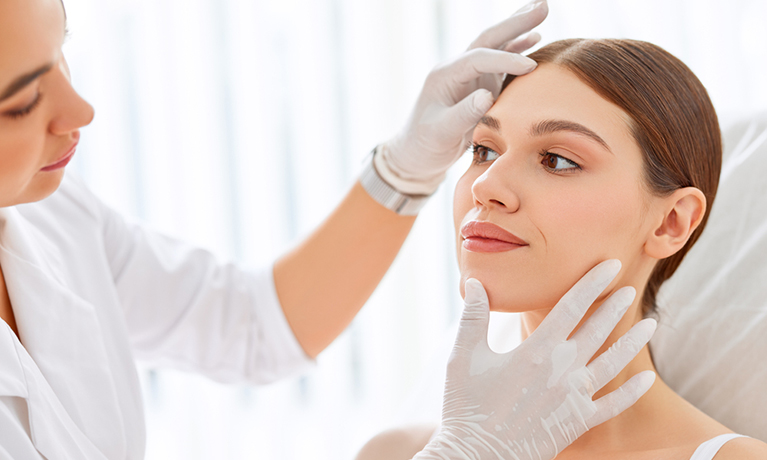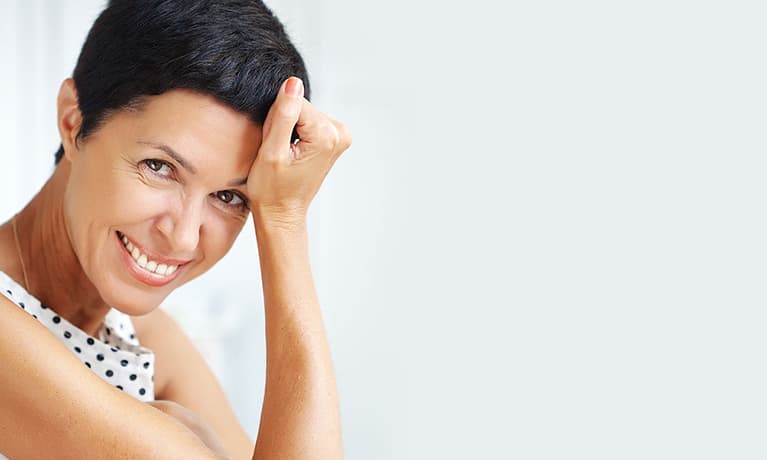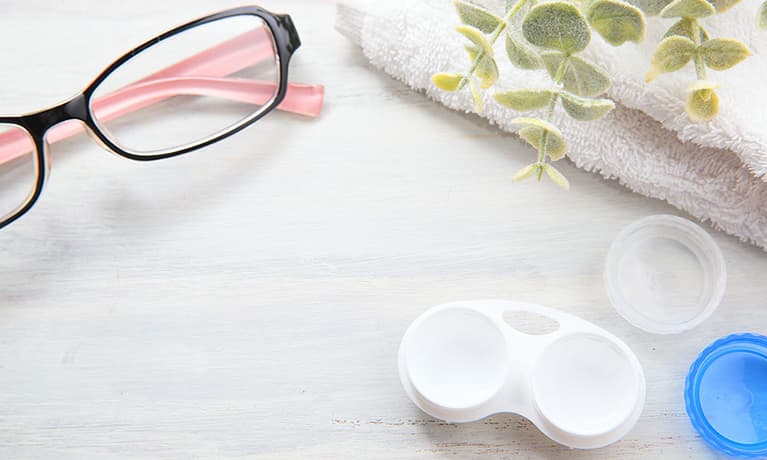With technology ever-evolving, the companies that produce our smartphones, tablets and laptops are rising to meet the demands of their more health conscious consumers. Some of the features offered to ease our visual workload are the text-to-speech option, text font enlargement, and blue light filtration.
The first 2 features are self explanatory, but what is blue light filtration and why should you consider using it? Exposure of our eyes to daylight suppresses the production of chemical signals in our brain, such as melatonin, so that we feel more awake. As it gets darker, more melatonin is produced. This helps us to fall asleep and sleep well. Studies have found that on average, people have more trouble falling asleep and maintaining a normal sleep pattern when a tablet, computer or smartphone is used later in the evening hours before bed. The theory is that the blue wavelength light emitted from the screen disrupts the normal sleep cycle, as it mimics daylight.
Blue light reduction apps available on most smart phones and tablets may help to preserve the normal sleep cycle by limiting the blue light wavelengths emitted from screens. One example is “Night Shift” available in the iPhone settings. Once activated, Night Shift reduces blue light emission, giving the screen a yellowish hue during the hours you specify. Take a look at your devices and try out the blue light reductions options available to you if you think your sleep might be affected by your technology use. You can’t underestimate the importance of a good night’s rest!
Written by Bart W., Technician with Milwaukee Eye Care
